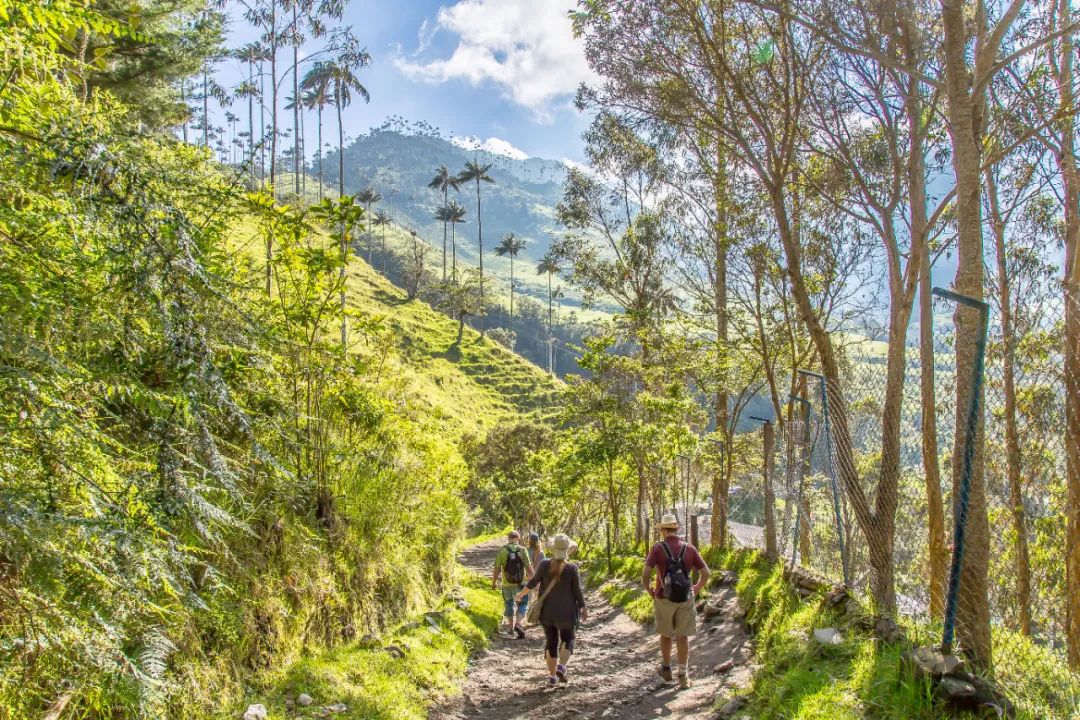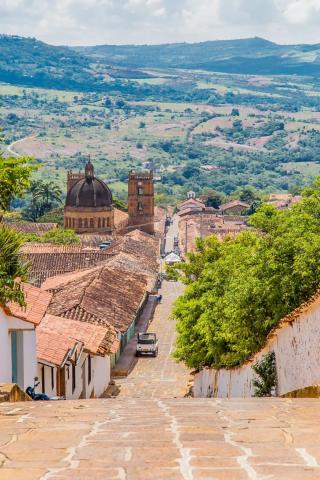This is actually the second article in the Colombia series (the first is here: Colombia | Cartagena: Marquez’s Happy Caribbean). Before introducing each city one by one, I still want to use this article to give a brief introduction to my specific itinerary and situation in Colombia.
Since the winter of 2016 Since then, I have been to Colombia three times. Overall, I feel that there are not many European and American tourists, let alone Chinese people. Young people in Europe and America are swept up in the wave of Cancun, Mexico, Chile and Argentina, pursuing novelty and adventure, and ignoring the low-key and unknown beauty around them. What Colombia gives back to everyone is such a vibrant Caribbean, warm people, and simple customs, which are enough to make people linger, and this is also the reason why I visited Colombia three times.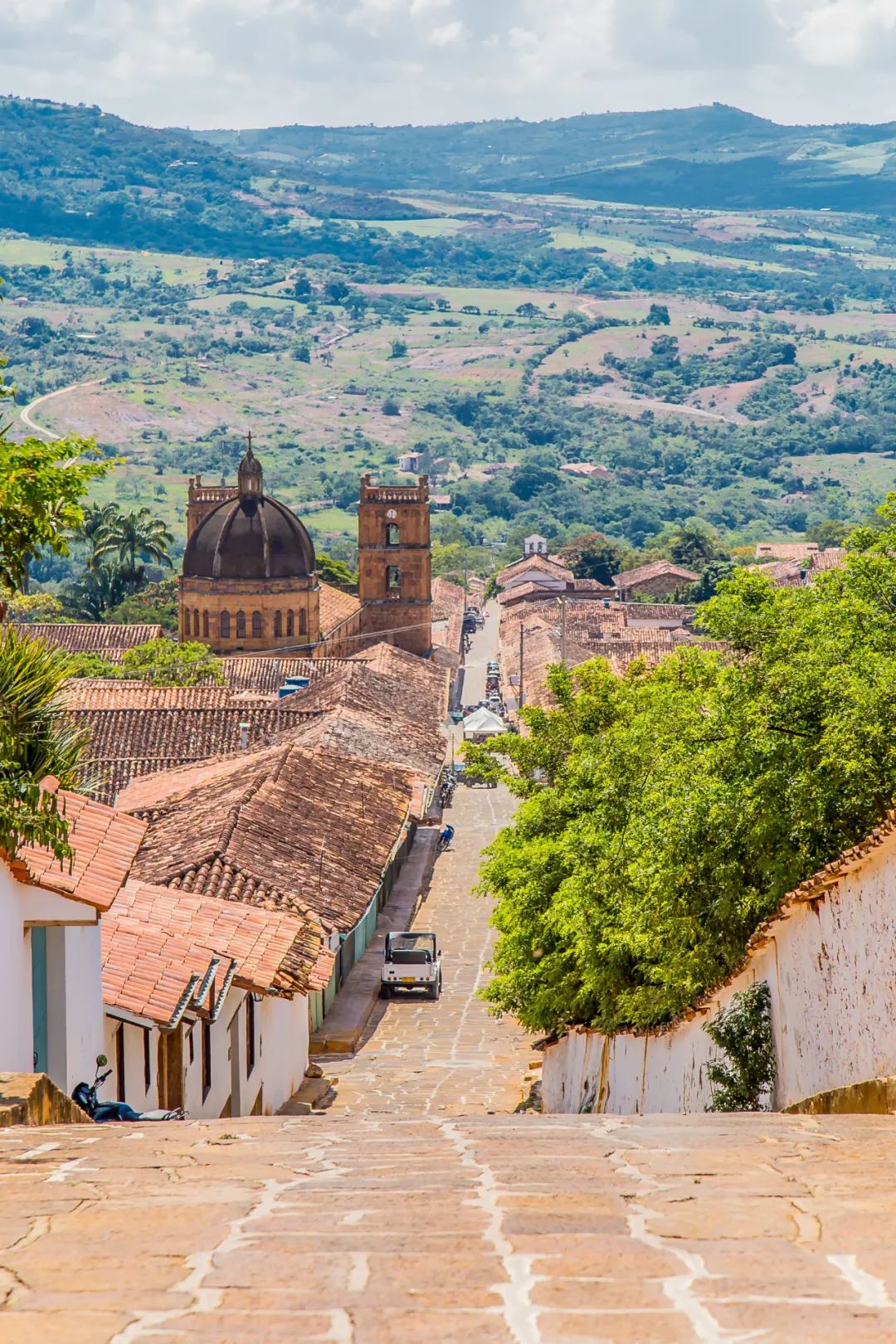
So, Why Colombia?
Mentioning Colombia can only bring to mind drug lords and violence, or perhaps rebels and guerrillas. Just a few months before departure in 2016, Colombia’s most iconic rebel force, the Revolutionary Armed Forces of Colombia (FARC), had just announced the signing of a peace agreement with the president of Colombia. At that time, CNN kept pushing me Latest news on the Peace Agreement. From the subsequent breakdown of the "peace agreement" (due to long-term violent conflicts, the Colombian people did not want to reconcile with FARC and voted down the peace agreement), to its final signing, there were many twists and turns. Fortunately, the ending is good. The half-century-long armed conflict has finally ended. Think about it, this is 2016.
The appearance of the American TV series Narcos has once again undermined Colombia's image. Colombia in the TV series is an out-and-out hell on earth. Killing someone on the street is as common as going out to buy groceries. The description in the film may not be realistic, but it is also based on reality. The dark era when drug lords were prevalent made the entire country of Colombia not very good for a long time. So when I told my friends that I was going to Colombia, they were surprised: "Do you really want to go? It's too dangerous there."
The news about Colombia on TV is all negative. Either drug lords have been captured or reports are on the front lines of the rebels. It feels like going up to the sword and down to the sea of fire. You don’t even know what else is there in this country. The next thing I can think of is that García Márquez and his magical realism appeared here. The first time I read "One Hundred Years of Solitude" was in junior high school. At that time, they were all pirated copies, and I couldn't even read the name. I didn't read much of it. The page is closed. One day during my freshman year, I accidentally got a copy of Fan Ye's translation. After reading the first sentence, I couldn't help myself. I lay on the bed in my dormitory and read the whole book heartily, feeling shocked inside.
In fact, the first positive comment about Colombia came from a Weibo blogger a long time ago. The comments I saw in Someone asked, "Which country have you visited, where are the people with the best people?" She ranked Colombia first. I like this blogger very much. I traveled all over the world a few years ago. I am not an Internet celebrity. I just share some visa information with everyone every once in a while. I admired her very much at that time, so I trusted her very much. That was the first time I had a vague concept of this country - "The people here are very friendly." Later, when I went to college, my roommate's girlfriend was Colombian. She was so warm and friendly that you couldn't imagine. It was easy to be infected by happiness when you were with them. In short, it is difficult to distinguish them from that poisonous person. It was the first time I realized magical realism. These Colombian friends were warm, simple, hardworking, yet they bore the guilt of their country. They didn’t care what others thought of their country, but showed great pride in their culture. It was with these contradictory curiosities that I chose Colombia as my first stop in South America.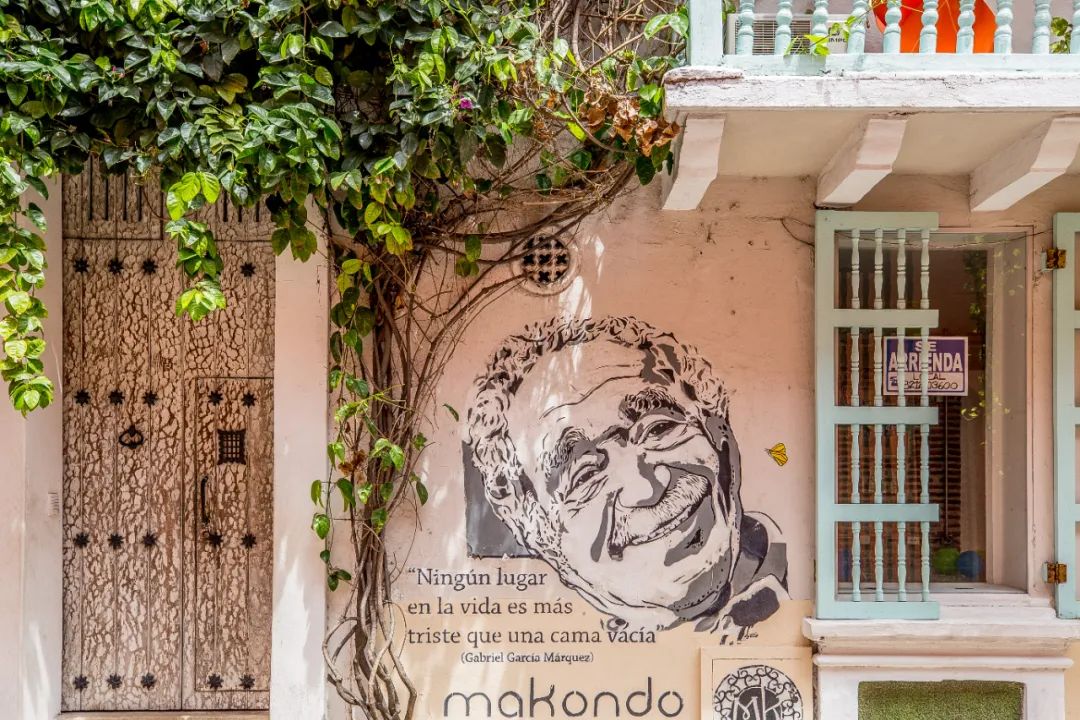 Located on a plateau in the Andes Mountains at 2,600 meters, Bogotá is the fourth-highest capital city in the world. You can find this sentence from Frommer's Guide in the Bogota travel guide: "The gloomy sky, frequent precipitation and pine trees on the nearby mountains make London seem like a sunny place." - Bogota is indeed a bit cold, even in the sunshine All seem extravagant. Plaza de Bolívar (Plaza de Bolívar), located in the center of the ancient city, is the heart of the entire country. It is surrounded by the Congress and Presidential Palaces, the Supreme Court, the Ministry of Culture and the Colombian Cathedral; before sunset, climb up to Monserra behind the square Cerro de Monserrate offers a panoramic view of the mountains: countless residential houses climb up the hillside and extend to the horizon. The setting sun leaves a warm orange-red twilight over the city where the lights are gradually lighting up.
Located on a plateau in the Andes Mountains at 2,600 meters, Bogotá is the fourth-highest capital city in the world. You can find this sentence from Frommer's Guide in the Bogota travel guide: "The gloomy sky, frequent precipitation and pine trees on the nearby mountains make London seem like a sunny place." - Bogota is indeed a bit cold, even in the sunshine All seem extravagant. Plaza de Bolívar (Plaza de Bolívar), located in the center of the ancient city, is the heart of the entire country. It is surrounded by the Congress and Presidential Palaces, the Supreme Court, the Ministry of Culture and the Colombian Cathedral; before sunset, climb up to Monserra behind the square Cerro de Monserrate offers a panoramic view of the mountains: countless residential houses climb up the hillside and extend to the horizon. The setting sun leaves a warm orange-red twilight over the city where the lights are gradually lighting up.
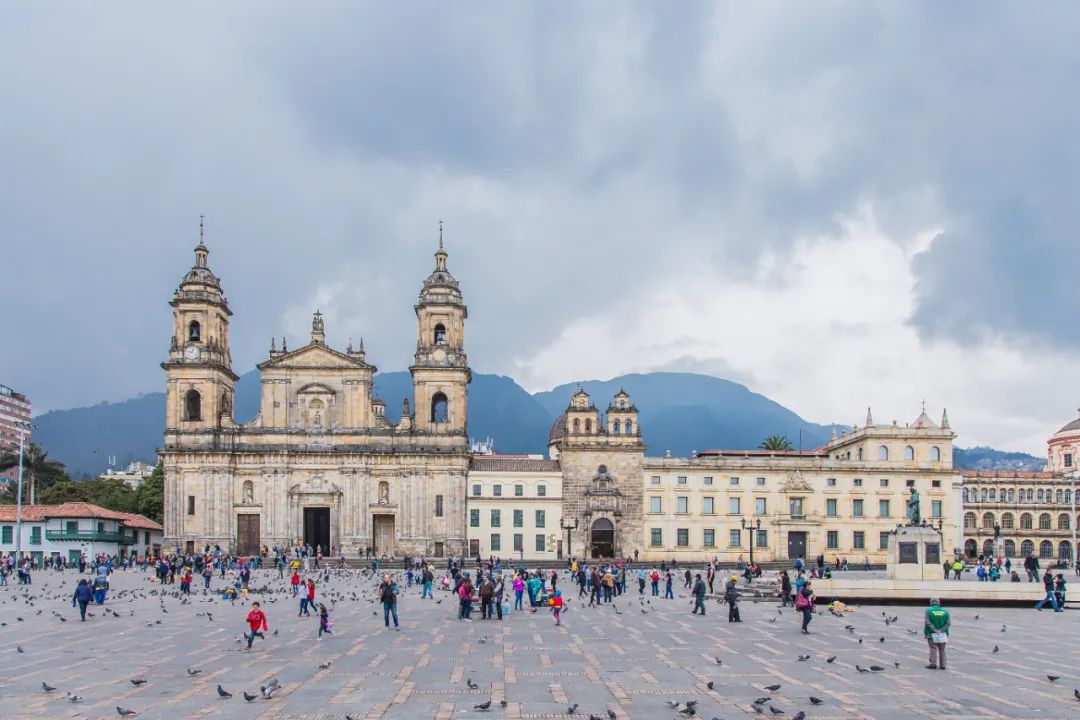
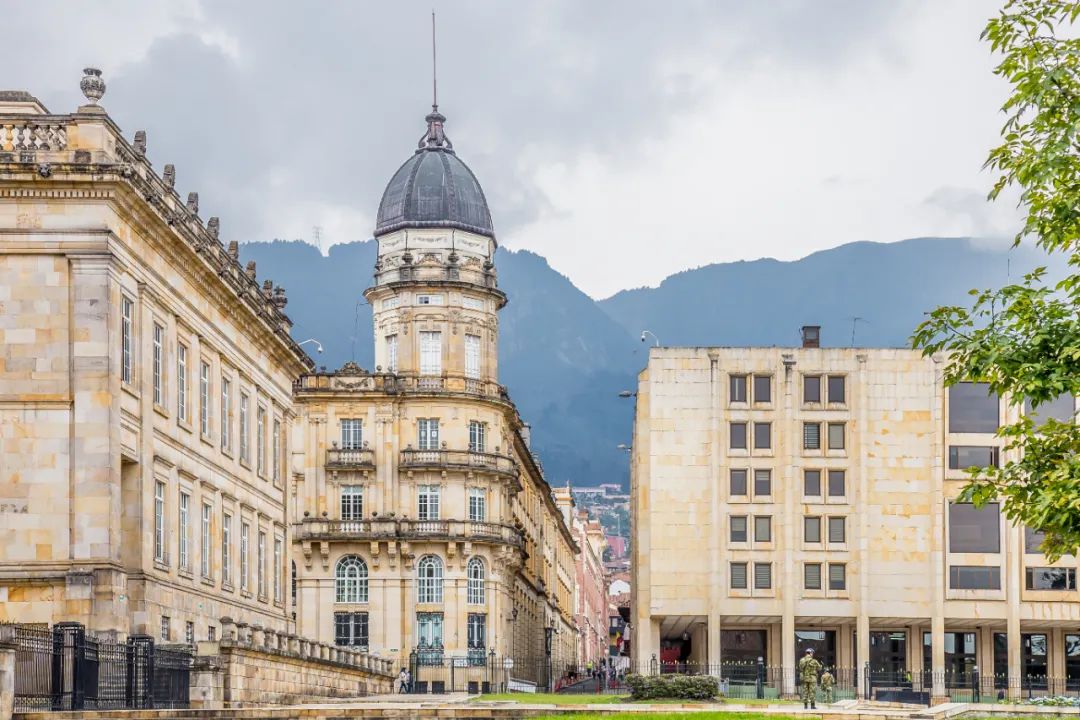
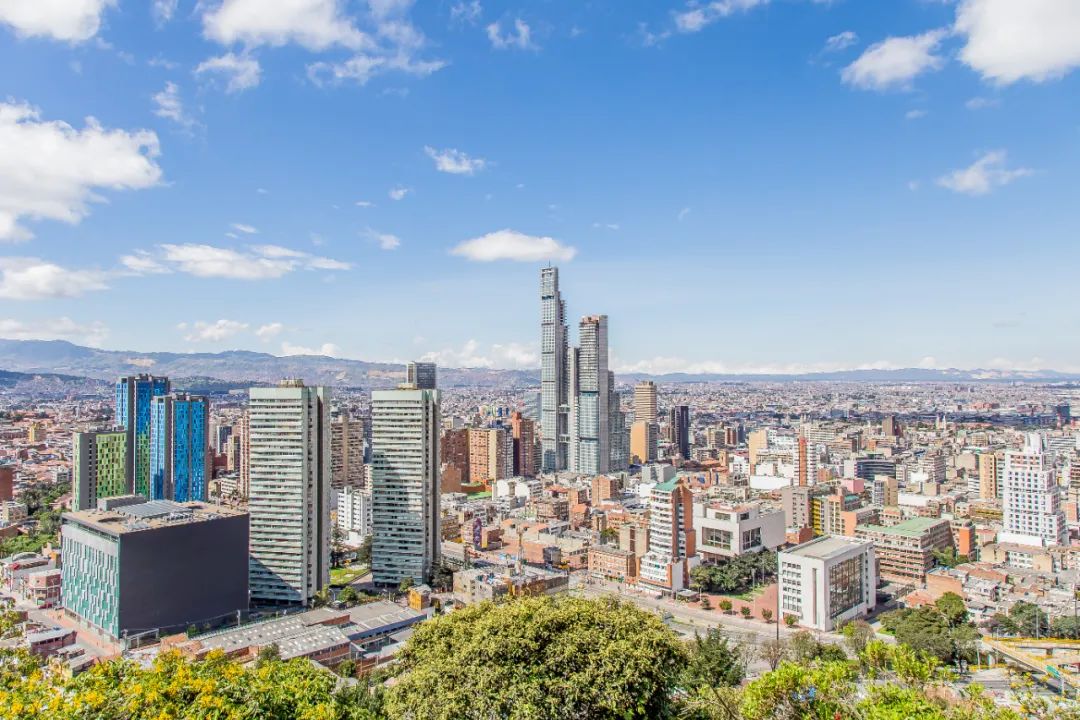
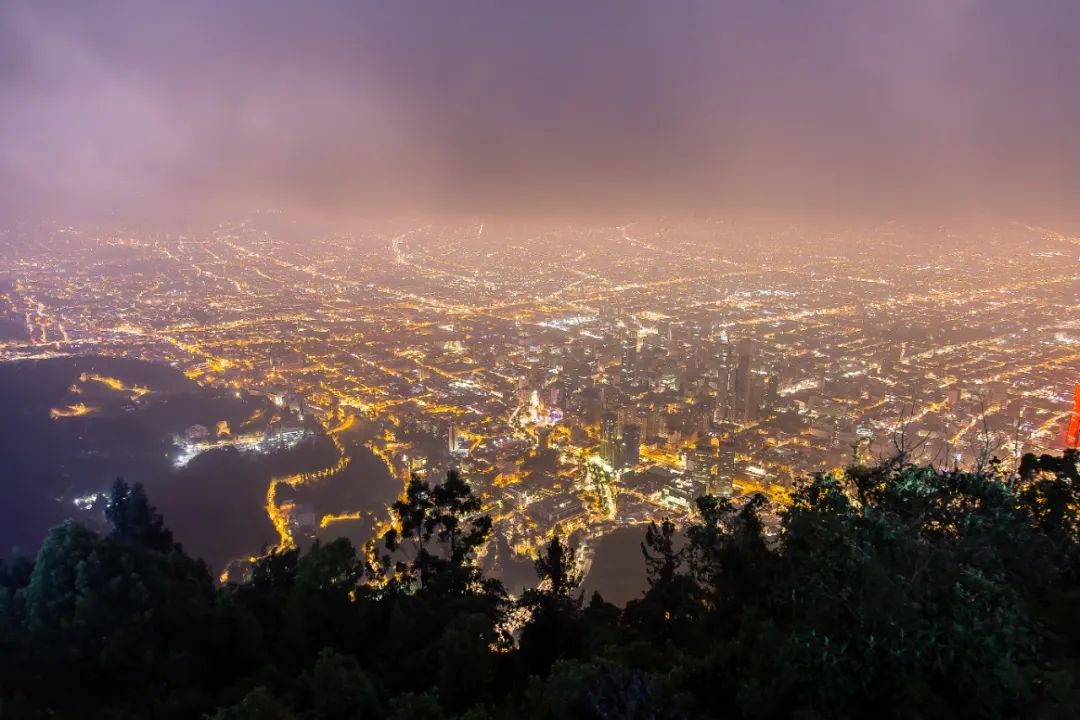 A photo on Lonely Planet led me to this treasure town hidden deep in the mountains north of Bogotá; according to the book: this is a dream place for Hollywood movie producers. The town is built on the mountain. Next to the few criss-crossing stone roads, there are white huts that the residents of Barichala are proud of. The simple decoration and the pastoral poetry behind them fully reflect the leisurely nature of the town. Freehand style. Colombia is so Marquez, so lovable.
A photo on Lonely Planet led me to this treasure town hidden deep in the mountains north of Bogotá; according to the book: this is a dream place for Hollywood movie producers. The town is built on the mountain. Next to the few criss-crossing stone roads, there are white huts that the residents of Barichala are proud of. The simple decoration and the pastoral poetry behind them fully reflect the leisurely nature of the town. Freehand style. Colombia is so Marquez, so lovable.
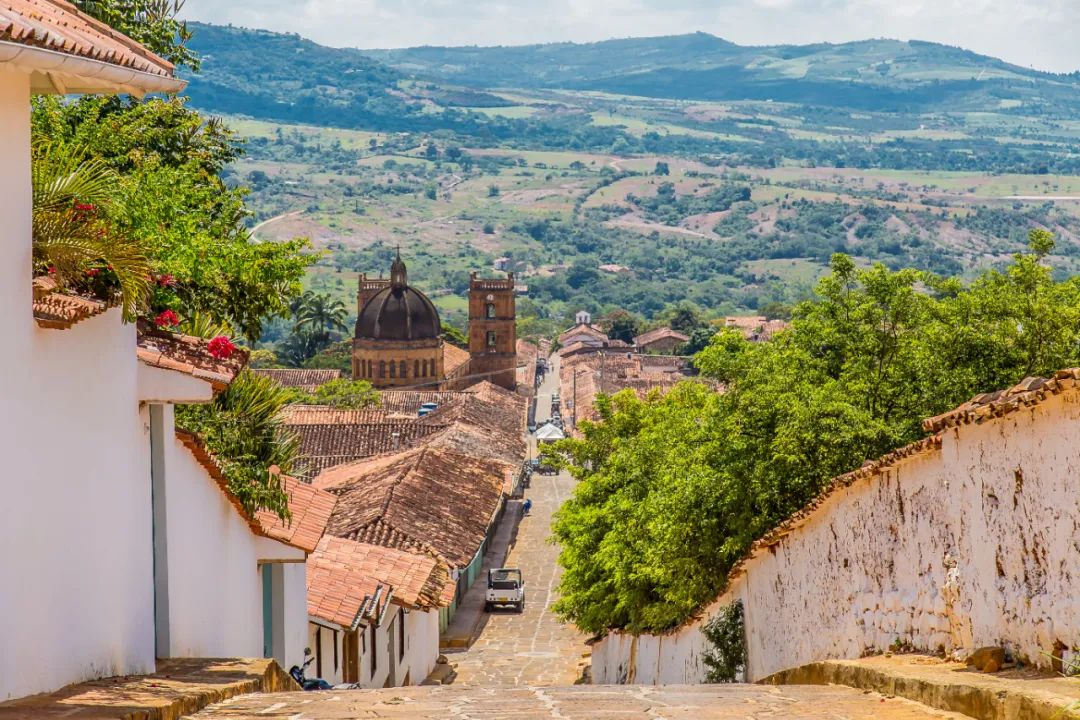
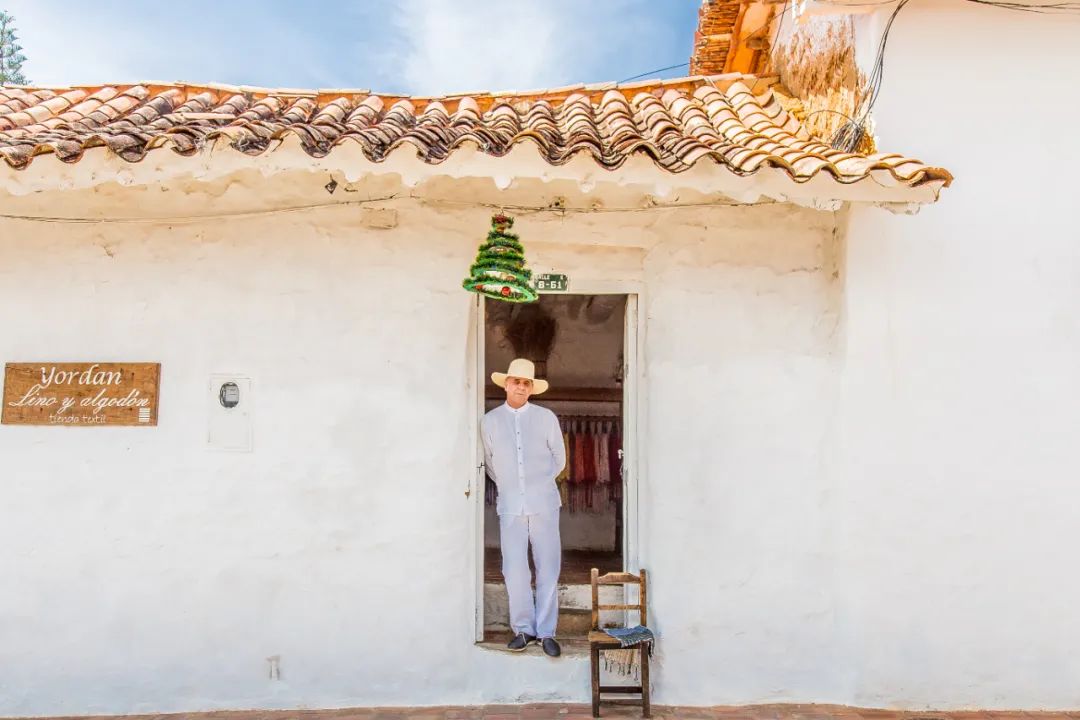
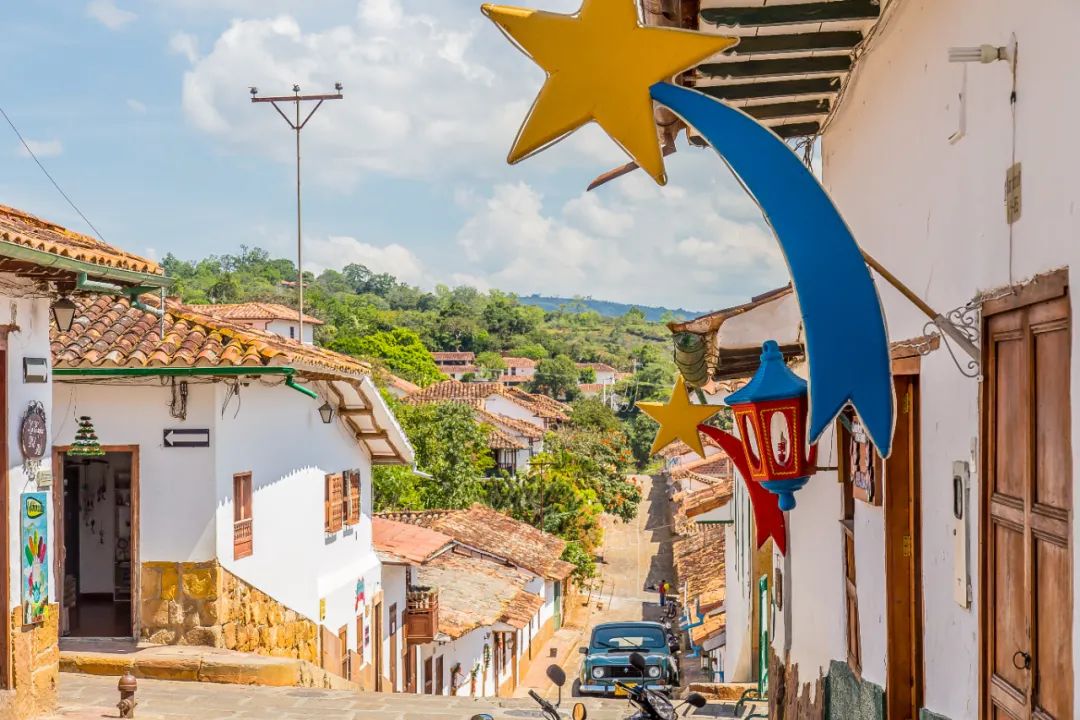 When García Márquez wrote: “Paris Nothing in my hometown is worth a moment of April in the Caribbean." He was just borrowing Juvenal Dr. Urbino expressed his longing for his hometown while traveling in Europe. In the heart-wrenching novel "Love in the Time of Cholera", Garcia Marquez exhausted the possibilities of love and showed the beauty of the Caribbean vividly. The prototype of the novel, Cartagena, was a fortress on the way for the Spanish Kingdom to plunder the Inca Empire and Aztec gold. However, in the 19th century, the independence movement in Latin America, cholera and fierce competition from nearby ports caused Cartagena to gradually decline, which also gave Marquez inspiration and started his creative career from here. When I read Love in the Time of Cholera in early 2012, I missed everything about Cartagena. Now I am finally here, seeing the spring scenery and colors, and I understand why the Caribbean has been so fascinating to Marquez. For a more detailed guide to Cartagena, please see here: Colombia | Cartagena: The Caribbean in Marquez's Writings
When García Márquez wrote: “Paris Nothing in my hometown is worth a moment of April in the Caribbean." He was just borrowing Juvenal Dr. Urbino expressed his longing for his hometown while traveling in Europe. In the heart-wrenching novel "Love in the Time of Cholera", Garcia Marquez exhausted the possibilities of love and showed the beauty of the Caribbean vividly. The prototype of the novel, Cartagena, was a fortress on the way for the Spanish Kingdom to plunder the Inca Empire and Aztec gold. However, in the 19th century, the independence movement in Latin America, cholera and fierce competition from nearby ports caused Cartagena to gradually decline, which also gave Marquez inspiration and started his creative career from here. When I read Love in the Time of Cholera in early 2012, I missed everything about Cartagena. Now I am finally here, seeing the spring scenery and colors, and I understand why the Caribbean has been so fascinating to Marquez. For a more detailed guide to Cartagena, please see here: Colombia | Cartagena: The Caribbean in Marquez's Writings
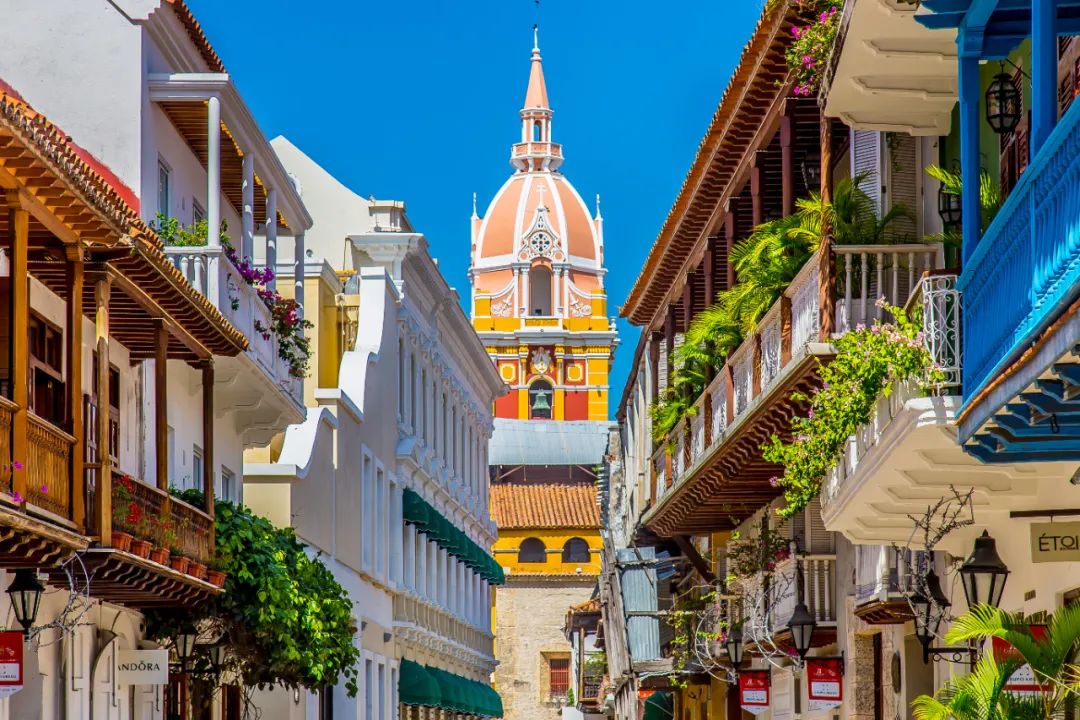
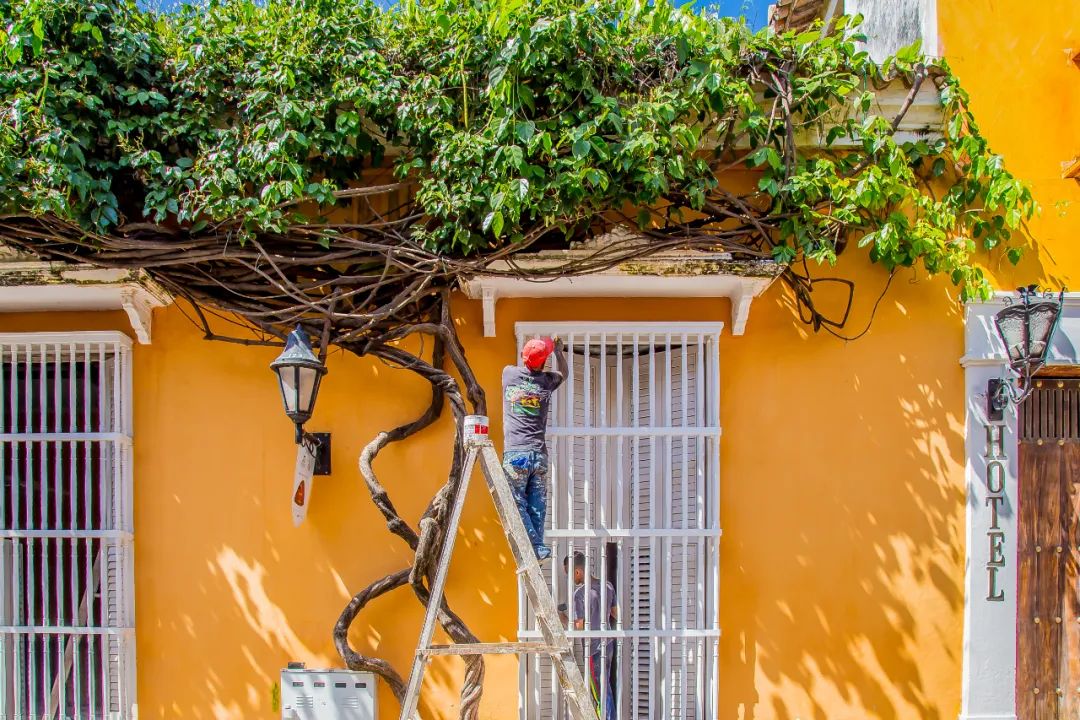
 Nestled between the pure blue Caribbean Sea and the snow-capped peaks of the Sierra Nevada Mountains, Santa Marta is one of the oldest cities in Colombia. Like a smaller version of Cartagena, it also has colorful streets and alleys, but without the city walls, it lacks a somewhat serious atmosphere. Parque Nacional Natural Tayrona, which locals use to call PNN, is located more than ten kilometers outside of Santa Marta. It has the most pristine natural scenery in Colombia: the famous Cabo San Juan del Guia beach is located in PNN Deep in the jungle, it is isolated from the world and needs to be reached on foot; Pueblito, deeper in the park, was regarded by ancient Indians as a holy place where their ancestors lived, and is the oldest relic in Colombia. Travel agencies in the streets and alleys of Santa Marta all offer N-day hiking tours to PNN National Park; in addition, the small village of Minca around Santa Marta requires 4 days of hiking The lost city of Ciudad Perdida is a unique experience in Colombia.
Nestled between the pure blue Caribbean Sea and the snow-capped peaks of the Sierra Nevada Mountains, Santa Marta is one of the oldest cities in Colombia. Like a smaller version of Cartagena, it also has colorful streets and alleys, but without the city walls, it lacks a somewhat serious atmosphere. Parque Nacional Natural Tayrona, which locals use to call PNN, is located more than ten kilometers outside of Santa Marta. It has the most pristine natural scenery in Colombia: the famous Cabo San Juan del Guia beach is located in PNN Deep in the jungle, it is isolated from the world and needs to be reached on foot; Pueblito, deeper in the park, was regarded by ancient Indians as a holy place where their ancestors lived, and is the oldest relic in Colombia. Travel agencies in the streets and alleys of Santa Marta all offer N-day hiking tours to PNN National Park; in addition, the small village of Minca around Santa Marta requires 4 days of hiking The lost city of Ciudad Perdida is a unique experience in Colombia.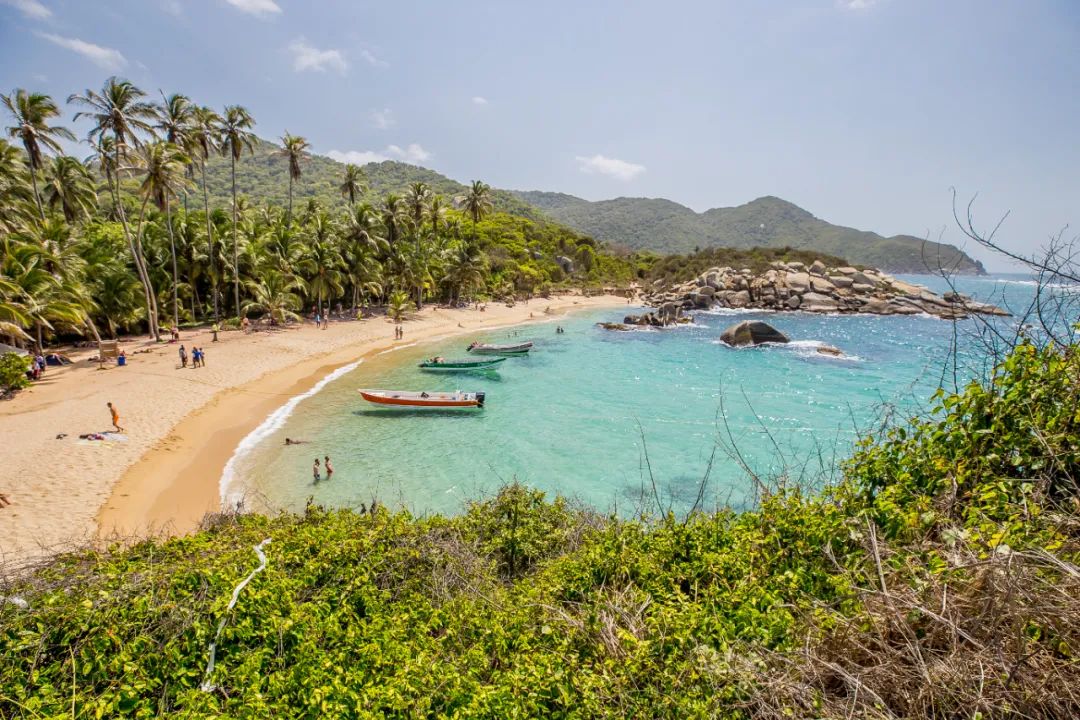
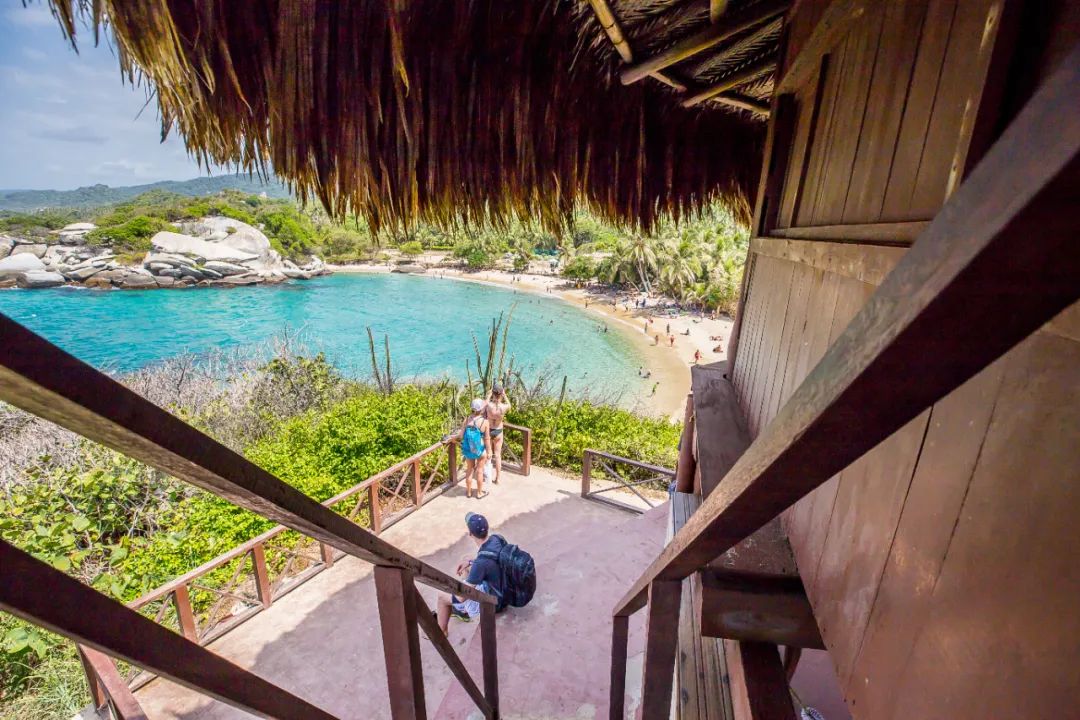
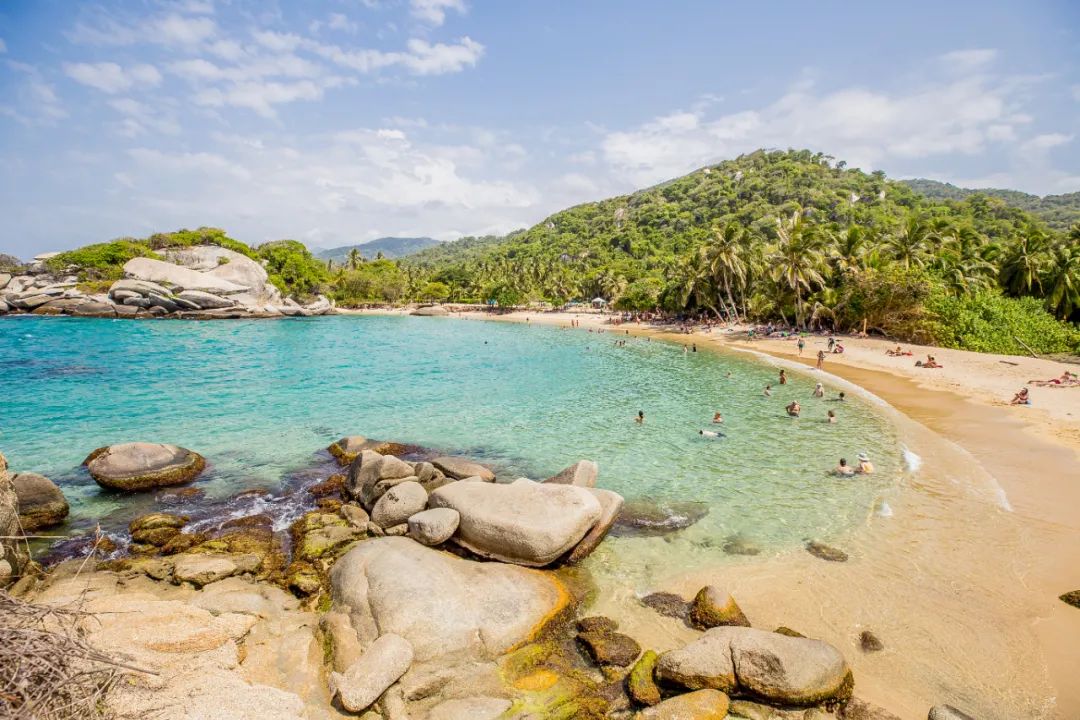 Colombia is famous for its coffee. Its most famous coffee producing area is located in the triangular area composed of the three provinces of Caldas, Risaralda and Quindio. Here, in addition to picking and growing coffee beans yourself, wild bird watching and mountain hiking have also been the main themes in recent years. . Salento is a small town that cannot be bypassed in the coffee area. Various coffee farms surround the town. Hiking Valle De Cocora Valley, straight wax palms stand on the top of the mountains. Here is the country's The most beautiful scenery.
Colombia is famous for its coffee. Its most famous coffee producing area is located in the triangular area composed of the three provinces of Caldas, Risaralda and Quindio. Here, in addition to picking and growing coffee beans yourself, wild bird watching and mountain hiking have also been the main themes in recent years. . Salento is a small town that cannot be bypassed in the coffee area. Various coffee farms surround the town. Hiking Valle De Cocora Valley, straight wax palms stand on the top of the mountains. Here is the country's The most beautiful scenery.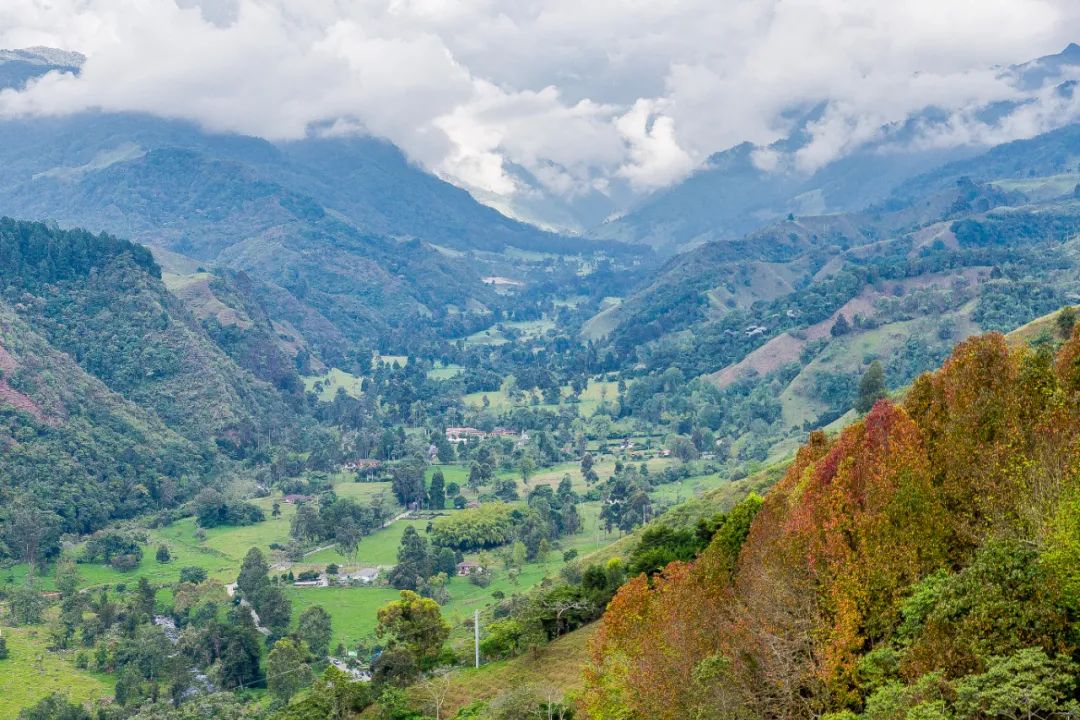
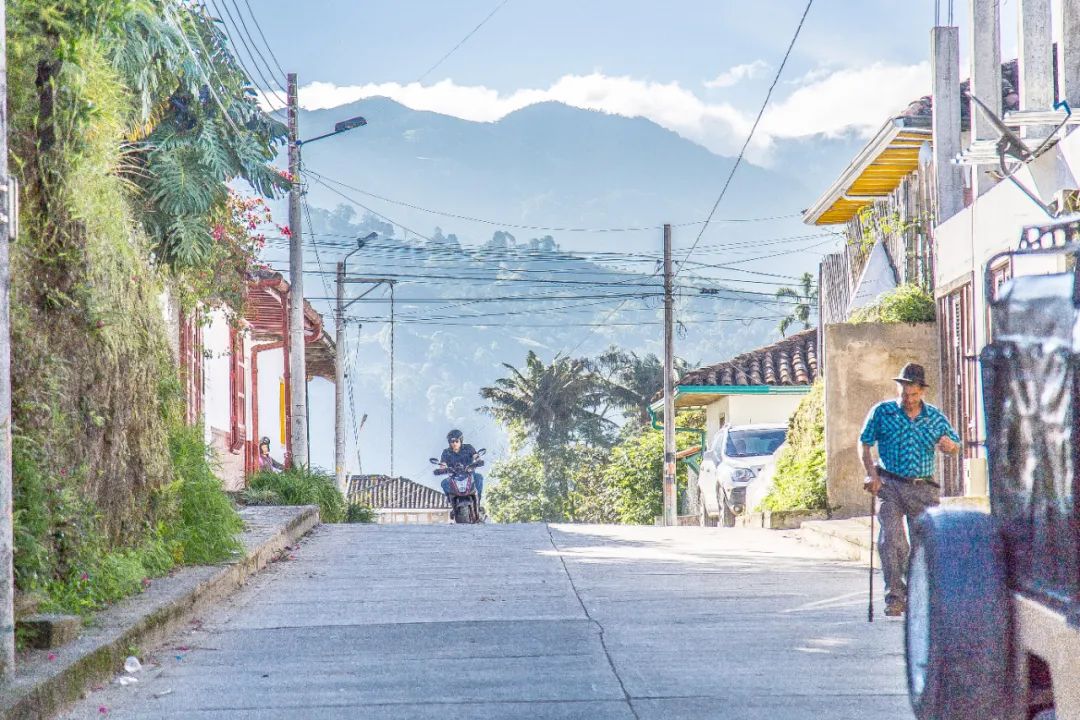
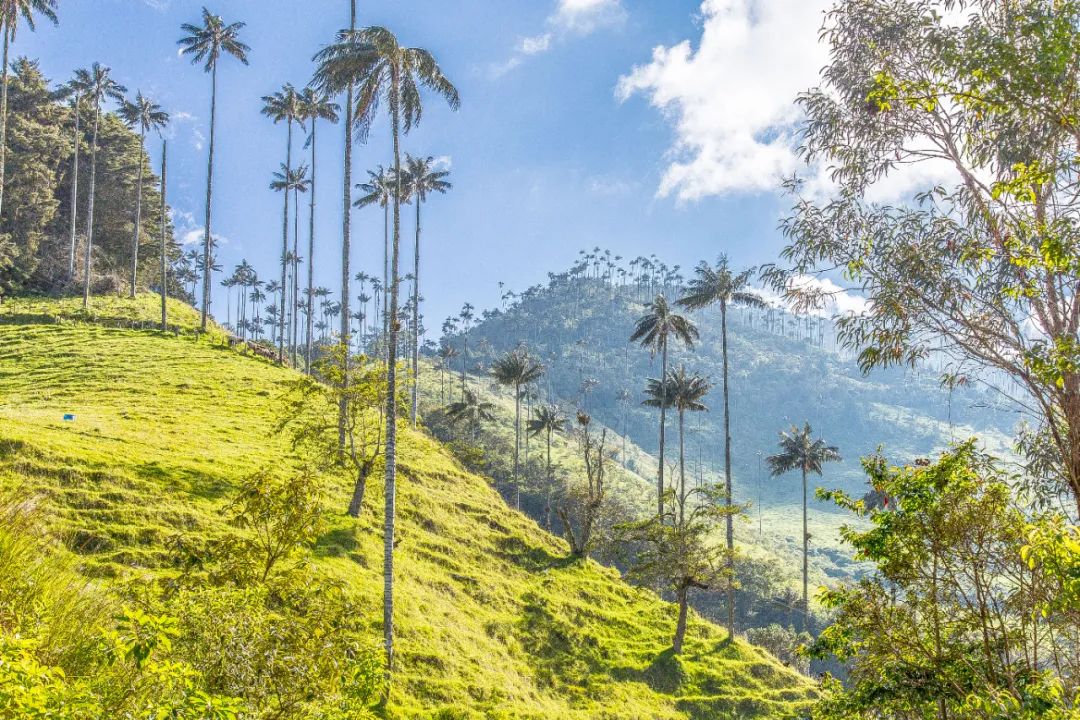 Speaking of Medellin, one cannot avoid its dark history. In the 1980s, this was the largest drug base in the world: the Medellin drug cartel headed by Pablo Escobar established a huge drug trafficking network. In his lifetime, he directly or indirectly killed 4,000 police officers and civilians. A plane was dropped, and even the Colombian Supreme Court was bulldozed by the M19 guerrillas. The popular American drama Narcos depicts the dark history of Colombia. It is precisely based on this lens that the national image of Colombia has always represented drugs, guns, violence and chaos. But it was this man who, while building a drug empire, also improved houses, built schools, stadiums and churches in the slums of Medellin. In Medellin in the 1980s, he was the Pablo that everyone loved. In 1993, Pablo was shot by Colombian police in his hometown. At that time, he had just celebrated his 44th birthday. Medellin completed an incredible transformation after Pablo's death, from a murder and crime capital to a garden city. Today's Metro is full of flowers, and you can feel that the people here are full of enthusiasm and confidence. That dark era has gone far away, and this city, its residents, and the former drug empire can be regarded as another representative of the magical reality.
Speaking of Medellin, one cannot avoid its dark history. In the 1980s, this was the largest drug base in the world: the Medellin drug cartel headed by Pablo Escobar established a huge drug trafficking network. In his lifetime, he directly or indirectly killed 4,000 police officers and civilians. A plane was dropped, and even the Colombian Supreme Court was bulldozed by the M19 guerrillas. The popular American drama Narcos depicts the dark history of Colombia. It is precisely based on this lens that the national image of Colombia has always represented drugs, guns, violence and chaos. But it was this man who, while building a drug empire, also improved houses, built schools, stadiums and churches in the slums of Medellin. In Medellin in the 1980s, he was the Pablo that everyone loved. In 1993, Pablo was shot by Colombian police in his hometown. At that time, he had just celebrated his 44th birthday. Medellin completed an incredible transformation after Pablo's death, from a murder and crime capital to a garden city. Today's Metro is full of flowers, and you can feel that the people here are full of enthusiasm and confidence. That dark era has gone far away, and this city, its residents, and the former drug empire can be regarded as another representative of the magical reality.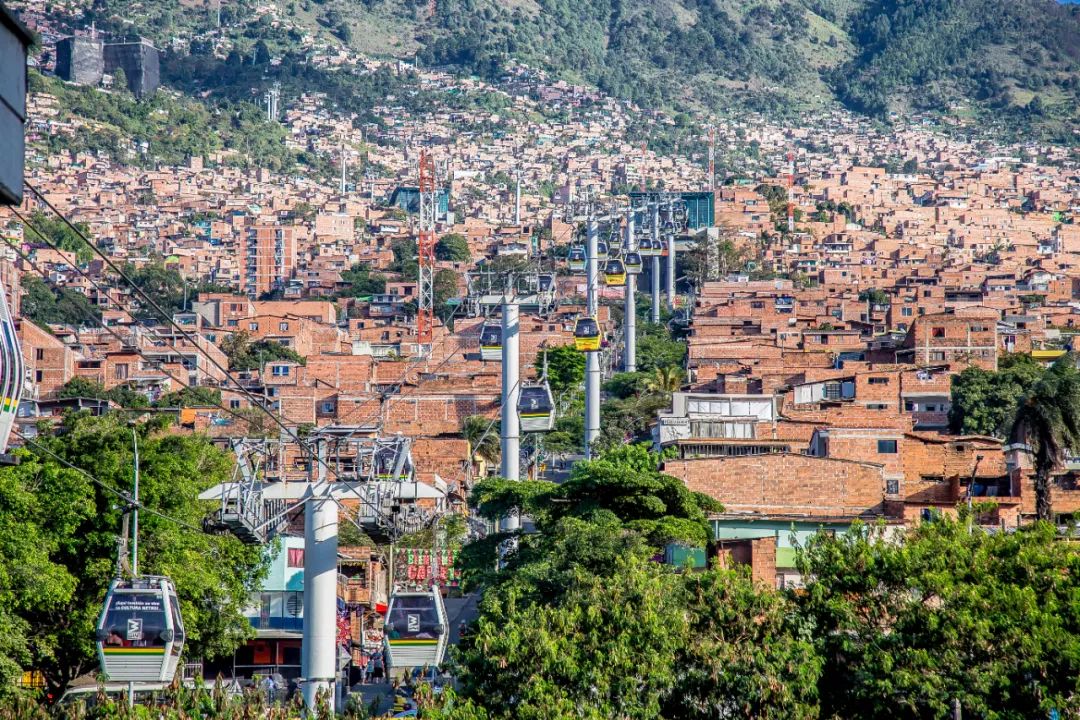
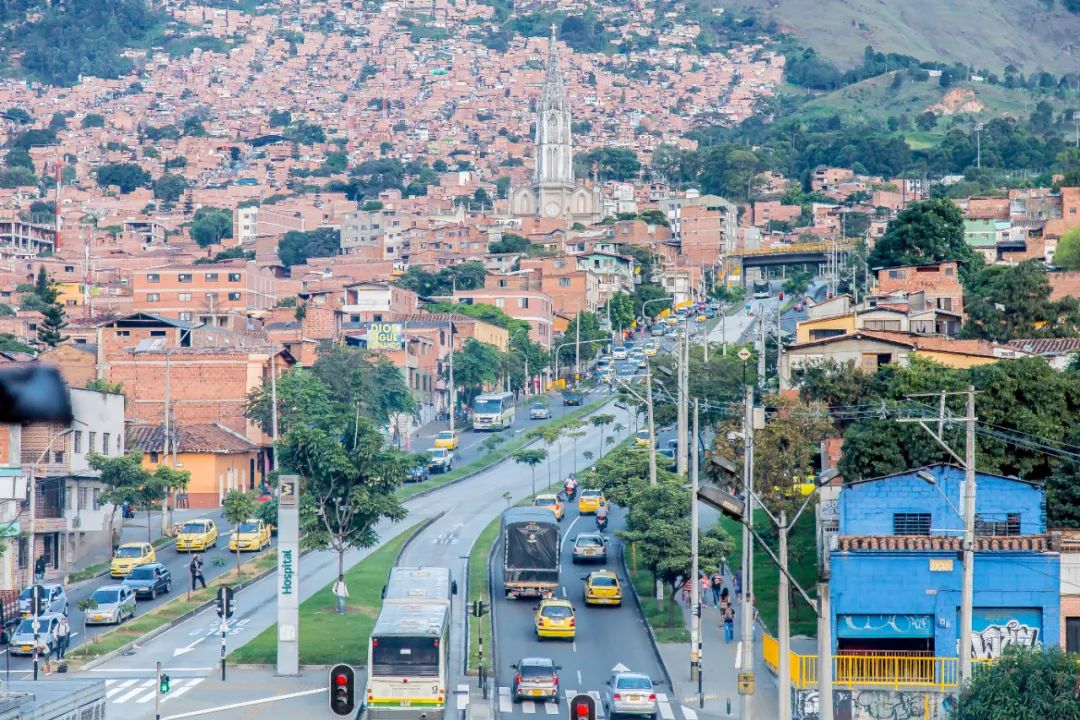
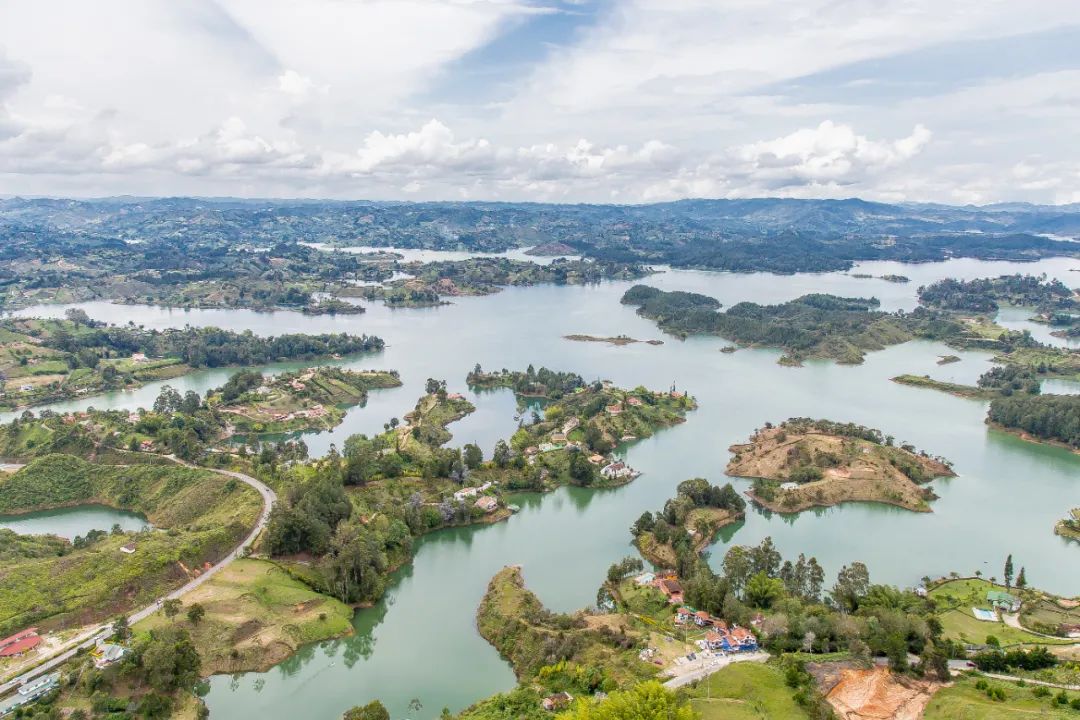 Compared with the beautiful scenery of other countries in South America, Colombia’s tourism resources are indeed mediocre, but it cannot be considered without highlights. Colombia’s tourism resources can be roughly classified into five major regions:1: The capital Bogota; there are two colonial towns in the north, including the Salt Church, Villa de Leyva and San Gil. San Gil is also a must-pass for Barichara;
Compared with the beautiful scenery of other countries in South America, Colombia’s tourism resources are indeed mediocre, but it cannot be considered without highlights. Colombia’s tourism resources can be roughly classified into five major regions:1: The capital Bogota; there are two colonial towns in the north, including the Salt Church, Villa de Leyva and San Gil. San Gil is also a must-pass for Barichara;
2: Northern Caribbean Coast; Cartagena and Santa Marta;3: Central Medellin and coffee area;
4: The Ipiales Cathedral in southern Cali and the southern border areas. From here you can also travel to Ecuador by land;5:Leticia in the Amazon and San Andres, an outlying island off Nicaragua
Most travelers will choose the traditional travel triangle composed of the three cities of Bogota, Medellin and Cartagena; the three cities are connected by plane, and based on the travel time, some surrounding towns are added to the three cities, 6 -12 days can basically cover all the scenery in Colombia. The cost of getting to Leticia in the Amazon and the outlying island of San Andres is higher and is suitable for travelers with plenty of time. The southern region is suitable for tourists who transit overland to Ecuador.
Holders of a valid residence permit from a Schengen member state and a valid Category C or D Schengen visa, or any valid U.S. visa other than the C1 transit visa, can conditionally enter Colombia without a visa for 90 days. Departing from the country, holding a U.S. visa B1/B2 tourist visas can also enter Colombia without a visa.There are many international flights connecting the capital Bogota and Cartagena in the Caribbean to all parts of the world. Transportation is one of the biggest expenses when traveling to South America, but there is a domestic low-cost airline called Viva Colombia (www.vivacolombia.co) which is a treasure. In addition to its low price, this airline can fly to most tourist destinations, and even flies from the coffee area to the outlying island of San Andres. It can be said that it is an airline tailor-made for travelers. The only drawback is that there are various additional fees after confirming the ticket: luggage, meals, whether to print a boarding pass, etc. However, low-cost airlines are the same all over the world, and cheap prices are the king.Long distance buses are indeed an affordable option in Colombia. However, there are many mountainous areas in Colombia. The straight-line distance from the capital Bogota to the second largest city Medellin is only 250 kilometers. However, if you take a long-distance bus, it takes more than 10 hours, and the flight only takes 35 minutes. Colombian buses are mostly suitable for traveling from big cities to surrounding small towns. There are three main bus companies: Expreso Bolivariano, Copetran and Omega. Among them, Expreso Bolivariano is the best bus company in Colombia (the bus condition is similar to ADO in Mexico). The bus conditions of other companies are good or bad, but the prices are very similar. It should be noted that most large and medium-sized cities in Colombia have two or more bus stations, which must be distinguished. In some small towns, buses will stop near their central squares.As long as you stay in traditional tourist areas, you don't have to worry about violent crime, drugs and guns that are far away from tourists. Don’t be afraid if you encounter difficulties outside the tourist area. Feel free to seek help from the Colombians around you. They are warm and friendly and may be the most welcoming country you have ever encountered.
